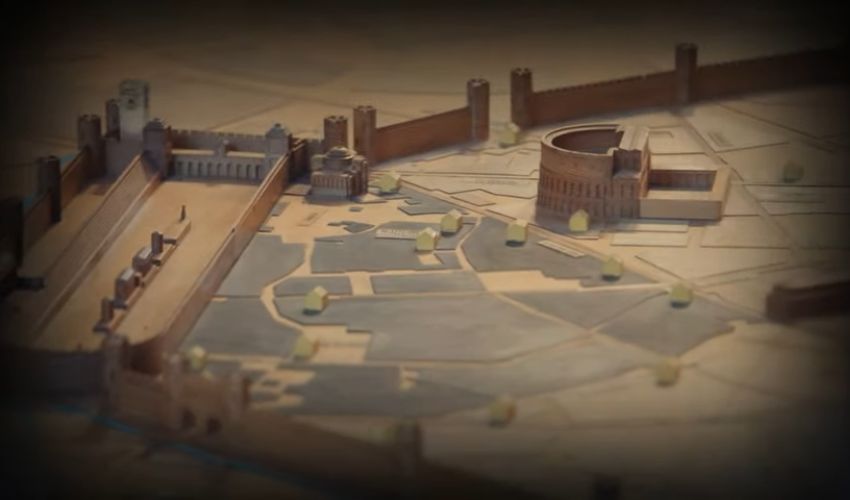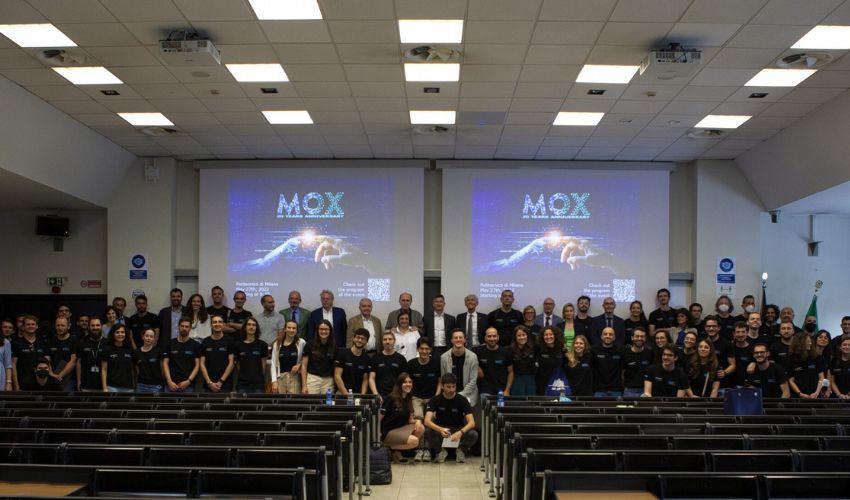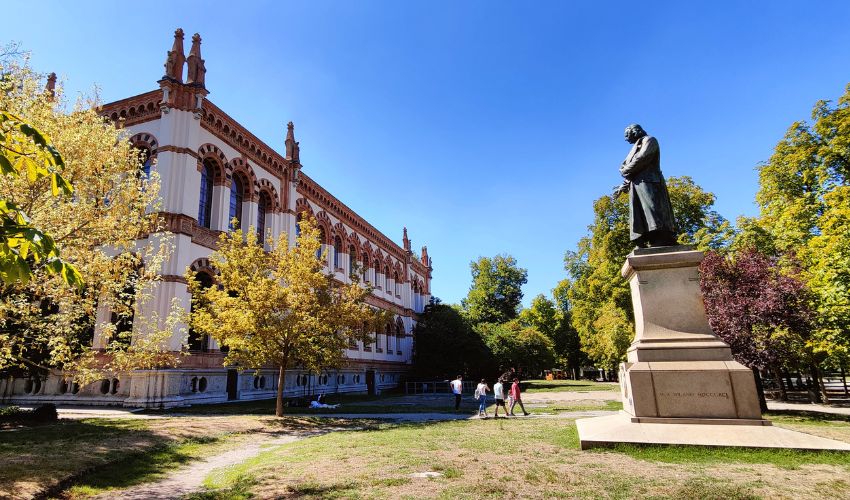
Roger Penrose, a renowned mathematician and winner of the 2020 Nobel Prize in Physics, wrote that “One often strives for algorithms, when one does mathematics, but the striving itself does not seem to be an algorithmic procedure.”
Each day we come into contact with algorithms while using our smart phones, logging on to our social media profiles or one of our preferred online services. Sometimes, finding the information that we were looking for without even having typed anything into a research engine makes us feel spoiled, as if we had a genie at our service. At other times, the sensation that someone is reading our thoughts before we can even externalise them is anything but, irritating us and making us suspicious and a bit sceptical about this type of technology.
Without doubt, the future will involve their use in increasingly diverse contexts and with discoveries that are yet to be found.
One of those possible avenues is being explored by Alessandra Mannocchi, whose research is linked to the development of an algorithm that allows satellites to calculate their own trajectory on-board, without ground staff having to do so.
Algorithms are also the protagonists of one of the most eagerly awaited revolutions in transport: the spread of autonomous vehicles. Sergio Savaresi tells us about the era-defining transition that we are about to experience.
We will then take a tour of the TeCMArcH laboratory where computing is used to preserve and enhance the cultural landscape.
And we cannot talk about mathematics without talking about MOX, the laboratory that recently turned 20 and marked the occasion by hosting two prominent scientists, who we have interviewed.
From new machines to new sensors, to algorithms and 3D printing, bioengineering is proving to be an important tool for doctors in improving treatments for patients. We discussed it with Maria Laura Costantino on the new podcast “Voci di Frontiere”.
According to Antonio Stoppani, our professor of geology dating back to 1863, scientific ideas needed to become cultural heritage for everyone. He succeeded, becoming one of the pioneers of popular science and a role model for us.
Because of this we are sure: knowledge, exploration and problematisation help us to allay our concerns and to experience technological developments with less worry and greater understanding.

Interplanetary satellites: Alessandra Mannocchi’s mission
When we met her, we could see it in her eyes: Alessandra Mannocchi’s passion for research, at 26 years old, is irrepressible. We asked her to tell us when it started:
“I have always had a voracious curiosity for that which I do not know. Being at the frontier of knowledge seemed to be the only way to truly know why ‘the world works the way it does’ and at the same time to give free rein to my creativity.”
Her doctorate is the result of a partnership between the Politecnico and the European Space Agency for the design of the first experiment in autonomous interplanetary space travel. The aim of her research is to develop an algorithm which allows satellites to calculate their own trajectory by only using on-board computers and any preloaded data files; an operation that is currently done on the ground, with an inevitable delay relative to the status of the satellite.
TeCMArcH: preserving and enhancing cultural landscape
Among his main research activities, there are investigations and studies aimed at implementing correct preservation and enhancement interventions of the cultural landscape, historic centres, archaeological sites and architecture.
Activities that are developed through the use of instruments and technologies for the survey, monitoring, management and dissemination of data such as laser scanner / total station, three-dimensional photogrammetry, territorial information systems, webgis platforms.
The Observatory for the conservation of wooden works also operates within it.
We met Professor Susanna Bortolotto, scientific coordinator of the laboratory, at the Civic Archaeological Museum of Milan. In this fascinating setting, she will explain the activities of the TeCMArcH researchers.
PHOTO NEWS

A passion for mathematics
Perhaps not everyone knows about MOX, the initials of the pioneering Modeling and Scientific Computing laboratory in the Department of Mathematics, which is directed by professor Alfio Quarteroni. Its aim is to promote research in the field of mathematical modeling and scientific computing, applying data science models, modeling and machine learning to fields as diverse as healthcare, geophysics and industrial processes.
Recently MOX turned 20 and the laboratory decided to celebrate by bringing together personalities from the world of mathematics, partners, friends and collaborators.
What better opportunity for us at Frontiere to meet two mathematical geniuses? We interviewed Jean-Pierre Bourguignon (IHES-France) and Jan S. Hesthaven (EPFL-Switzerland), who spoke about their academic careers and gave the students of today some food for thought.
#IlPOLIMIrisponde – What is autonomous driving and how does it work?
Self-driving car technology is categorised in five levels. Today’s vehicles operate at level2: we can take our hands off of the steering wheel and our feet off of the pedals, but we must be careful, we always have to be very alert in order to correct potential errors that the autopilot might make.
We are therefore on the verge of the historic transition to level 3. The difference is that we will officially be authorised to be distracted from driving. Therefore, we can read the newspaper or use our smartphone.
When will the last level, 5, be available? In other words, complete automation? Sergio Matteo Savaresi, professor of Automation Engineering, answers to this question.
IMMAGINE: Stoppani_850
DIDA: La statua di Giovanni Stoppani guarda la sede del Museo Civico di Storia Naturale di Milano
LINK: https://www.frontiere.polimi.it/antonio-stoppani-un-pioniere-della-divulgazione-scientifica-al-politecnico/

Antonio Stoppani: a pioneer of popular science at the Politecnico
Popular science, which is what we do here at Frontiere, plays an increasingly important role in communicating the results of research to the widest possible audience. For this reason, we cannot help but fondly remember the pioneer, Antonio Stoppani.
The origins of popular science are much older than many might think. Whereas nowadays we enjoy scrolling through science articles on our phones in 30 seconds, few could imagine that in the second half of the nineteenth century people fought over tickets to witness science lectures given by the best academics.
One of these was Antonio Stoppani, a new kind of intellectual that worked in many fields: he was a professor of geology at the Politecnico, a populariser, a best-selling author and a politically active figure. We want to tell you his story.
